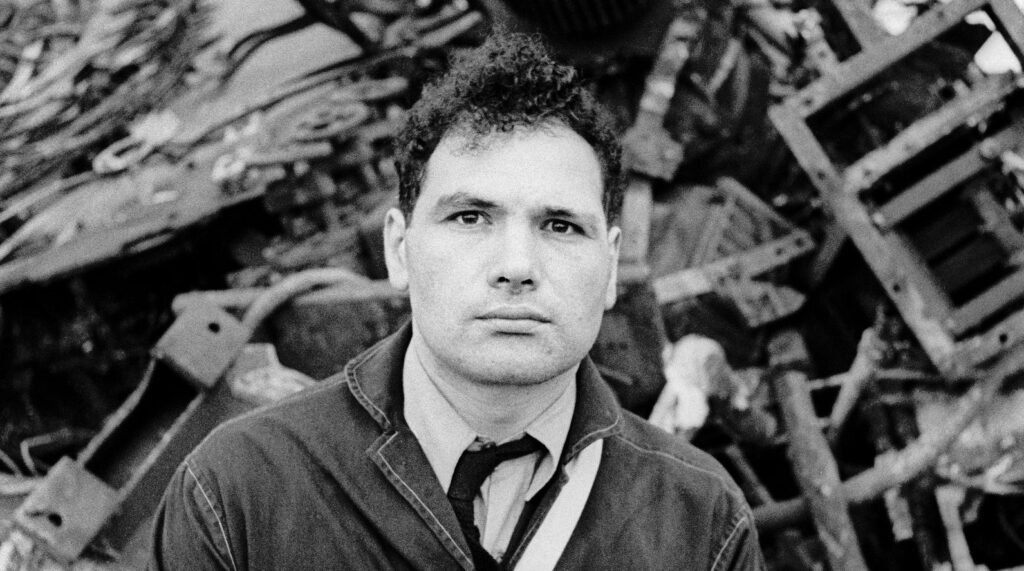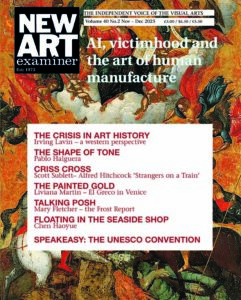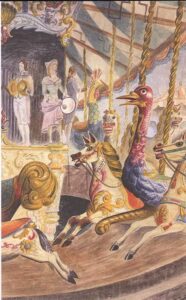
Sir Eduardo Luigi Paolozzi in Munich
From The Metamorphosis Of Ordinary Things, 1959
I suppose I am interested, above all, in investigating the golden ability of the artist to achieve the metamorphosis of quite ordinary things into something wonderful and extraordinary that is neither nonsensical nor morally edifying.
I seek to stress all that is wonderful or ambiguous in the most ordinary objects; in fact often objects nobody would stop to look at or to admire. Besides, I tried to subject these objects, which are the basic materials of my sculptures, to more than one metamorphosis. Generally I’m conscious, as I work, of seeking to achieve two or at most three such changes in my materials, but sometimes I then discover that I have unconsciously achieved a fourth or even a fifth metamorphosis too. That is why believe that an artist who works with objets trouvés must avoid being dominated by his materials. Wonderful as these may be, they are not endowed with the mind and cannot, as the artist often does, change their mind as they are being transformed. On the contrary, the artist must dominate his materials completely, so as to transform or transmute them fully. You have probably seen, in New York and in Paris, a lot of work by younger sculptors who like Stankiewicz, César and me, work mainly with objets trouvés. Well, I often feel that if one of us chances to find a particularly nice and spooky looking piece of junk like an old discarded boiler, he can scarcely avoid using it as a trunk or body of the figure, if only because its shape suggests a body to anyone who sets out to do this kind of assembly work. Then one only needs to weld something small on to the top to suggest a head, and for limb-like bits and pieces into the sides and the bottom to suggest arms and legs, and there you have the whole figure which has come to life like a traditional golem or robot.
I find such an art in a way too simple and already obsolete. You can too easily involve the sculpture in a kind of Walt Disney fantasy, simply makes materials salvaged from the junk yard live as in an animated cartoon, or as if cast for parts in a kind of dramatic tableau vivant rather than endowed with motion and life. Of course, the life that they are made to assume this too often one that has been suggested to the artist by a kind of obvious analogy which would strike a non-artist too. I really set out in my sculpture to transform the objets trouvés that I used to such an extent that they are no longer immediately recognisable having become thoroughly assimilated to my own particular dream world rather than to an ambiguous world of common optical illusion.

